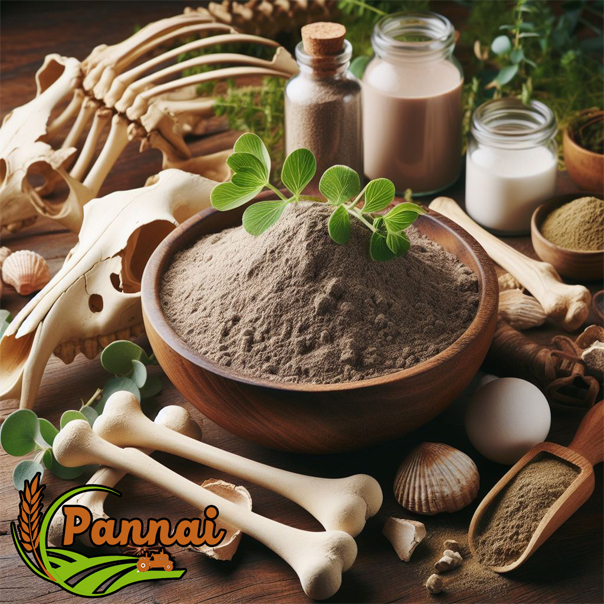

Natural Bone Meal 5KG
-
Rs418.95
-
Rs313.95
-
Rs313.95
-
Rs313.95
-
Rs313.95
Reviews & Ratings
Natural Bone Meal
Bone meal, a natural byproduct of the meat industry, serves as a valuable organic fertilizer and soil amendment in agriculture. Derived from the ground bones of animals, bone meal is renowned for its high phosphorus content and slow-release nutrient profile. This document explores the benefits, applications, production process, and best practices for utilizing bone meal in organic cultivation practices.
1. Understanding Bone Meal:
Bone meal is a finely ground powder produced by grinding or crushing animal bones, typically sourced from cattle, pigs, or poultry. It is prized for its rich phosphorus content, which plays a crucial role in plant growth, root development, and flowering. Additionally, bone meal contains calcium, nitrogen, and trace minerals, making it a versatile and balanced fertilizer for organic cultivation.
2. Benefits of Bone Meal:
The utilization of bone meal offers several key benefits to soil health, plant nutrition, and crop productivity:
- Phosphorus Supply: Bone meal provides a slow-release source of phosphorus, essential for root development, energy transfer, and flower and fruit formation in plants.
- Calcium Enrichment: The calcium content in bone meal helps maintain soil pH balance, improve soil structure, and prevent nutrient deficiencies in plants.
- Nutrient Balance: Bone meal contains a balanced array of macro and micronutrients, promoting overall plant health, vigor, and resilience to stress.
- Long-Lasting Effectiveness: Due to its slow-release nature, bone meal provides a sustained supply of nutrients to plants over an extended period, reducing the need for frequent fertilization.
- Organic Certification: Bone meal is approved for use in organic agriculture by certification bodies, making it a preferred choice for organic growers seeking to meet organic standards and regulations.
3. Applications of Bone Meal:
Bone meal can be applied to various crops, soil types, and growing conditions, offering versatility and adaptability in organic cultivation practices:
- Pre-Planting Application: Incorporate bone meal into the soil prior to planting or sowing to provide a steady supply of phosphorus for seedling establishment and early growth.
- Topdressing: Apply bone meal as a topdressing around the base of established plants or between rows to replenish soil phosphorus levels and support flowering and fruiting.
- Container Gardening: Mix bone meal into potting mixes or container soils to enhance nutrient availability and promote healthy root development in container-grown plants.
- Compost Addition: Blend bone meal with compost or organic matter to enrich the nutrient content of compost piles and accelerate decomposition, yielding nutrient-rich compost for soil amendment.
4. Production Process of Bone Meal:
The production of bone meal involves several steps to ensure quality, safety, and effectiveness:
- Bone Collection: Gather animal bones from slaughterhouses, meat processing plants, or butcher shops, ensuring they are free from contaminants and pathogens.
- Cleaning and Sterilization: Clean the bones thoroughly to remove residual tissue, fats, and contaminants, then sterilize them using heat or pressure to eliminate pathogens and bacteria.
- Grinding and Crushing: Grind or crush the sterilized bones into a fine powder or granules using mechanical or automated equipment, ensuring uniform particle size for optimal nutrient release.
- Drying and Packaging: Dry the ground bone meal to remove moisture and prevent clumping, then package it in sealed containers or bags to preserve freshness and extend shelf life.
5. Best Practices for Using Bone Meal in Organic Cultivation:
To maximize the benefits of bone meal and ensure its effective utilization, consider the following best practices:
- Soil Testing: Conduct soil tests to assess phosphorus levels and pH before applying bone meal, allowing for targeted supplementation and soil amendment.
- Dosage Calculation: Determine the appropriate application rate of bone meal based on soil test results, crop requirements, and nutrient management plans to avoid over-application and nutrient imbalances.
- Incorporation Techniques: Mix bone meal thoroughly into the soil to ensure even distribution of nutrients and minimize nutrient leaching or runoff.
- Application Timing: Apply bone meal during the early stages of plant growth or at the onset of flowering to maximize phosphorus uptake and utilization by plants.
- Crop-Specific Recommendations: Consider the specific nutrient needs and growth stages of different crops when applying bone meal, adjusting application rates and timing accordingly for optimal results.
Bone meal emerges as a valuable asset in the arsenal of organic growers, offering a natural, nutrient-rich solution for soil enrichment, plant nutrition, and crop productivity. By harnessing the power of bone meal and integrating it into organic cultivation practices, growers can cultivate healthier soils, produce nutritious crops, and foster a sustainable agricultural ecosystem. Through responsible sourcing, production, and application practices, bone meal exemplifies the principles of organic agriculture, promoting soil health, environmental stewardship, and agricultural resilience for generations to come.
Related products
Organic Manure 5KG
PROM 5KG
Organic Soil Conditioner 5KG
Organic Vermicompost 5KG
Cow Dung Manure 5KG
Organic Potting Mix 5KG
Goat and Sheep Manure 5KG
Buffered Coir Pith
-
Rs418.95
-
Rs313.95
-
Rs313.95
-
Rs313.95
-
Rs313.95
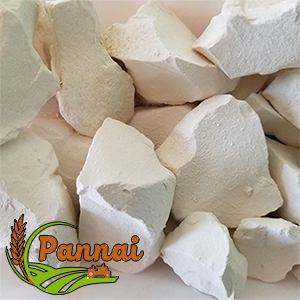
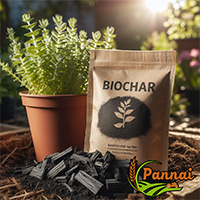
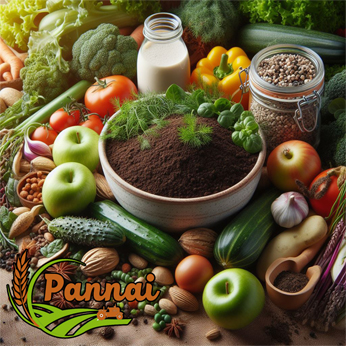
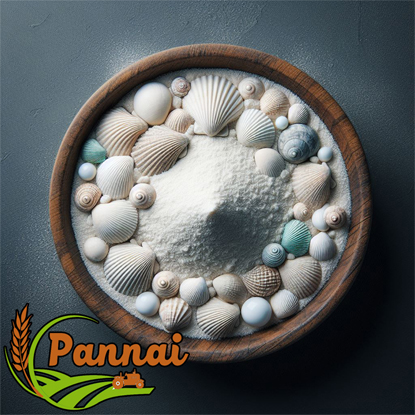
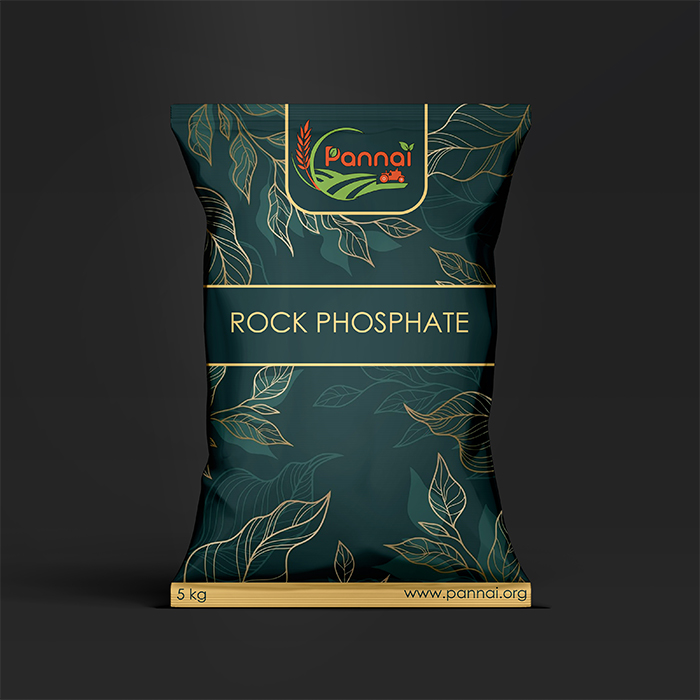
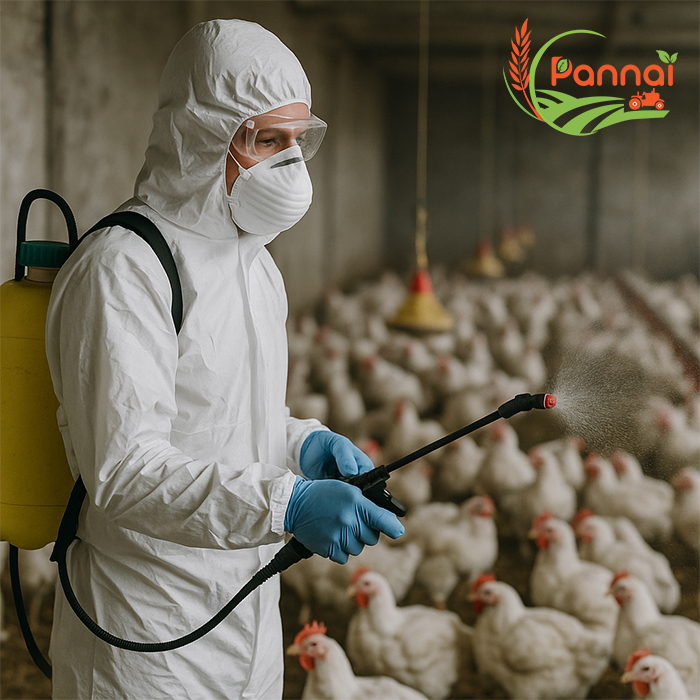
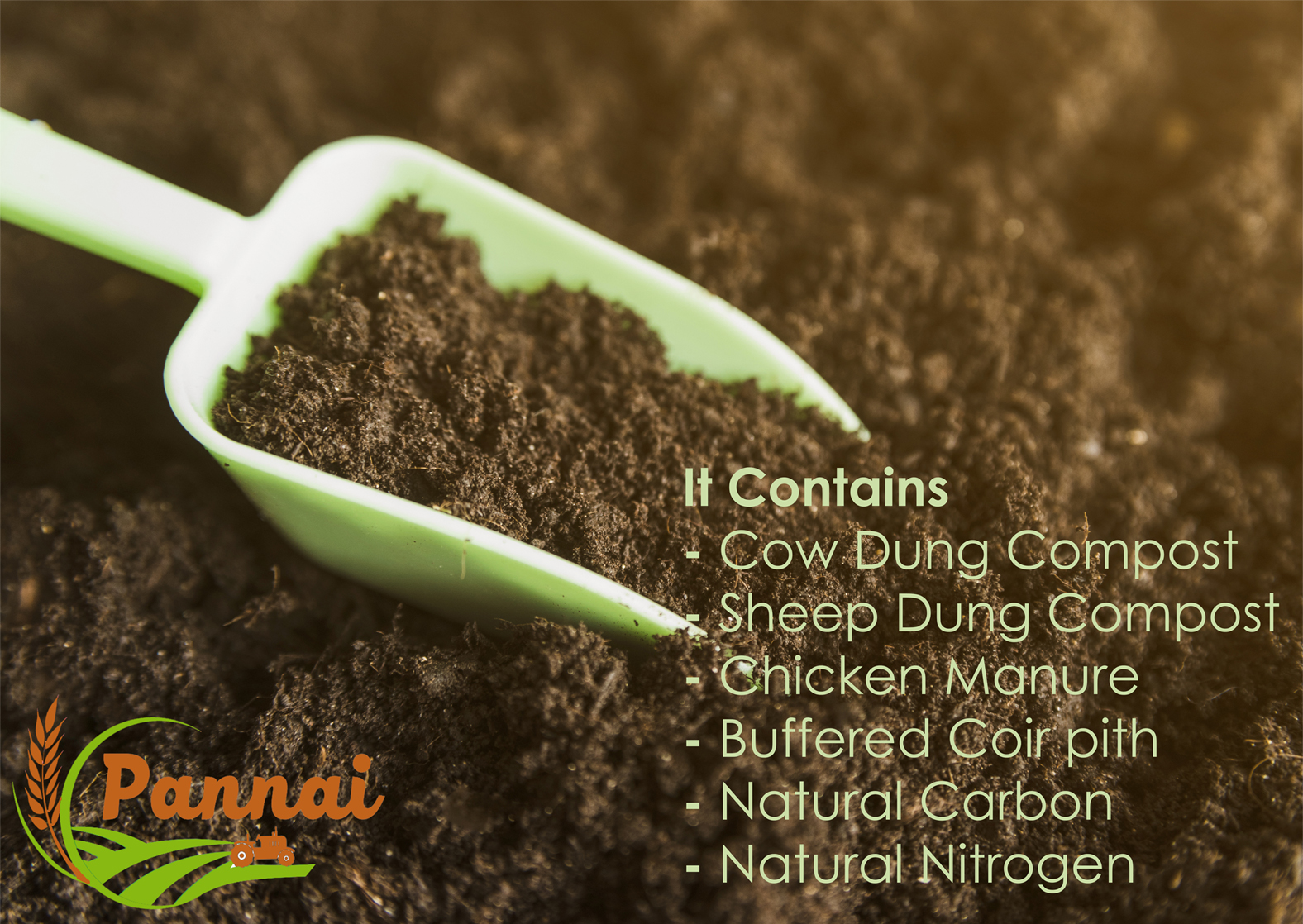
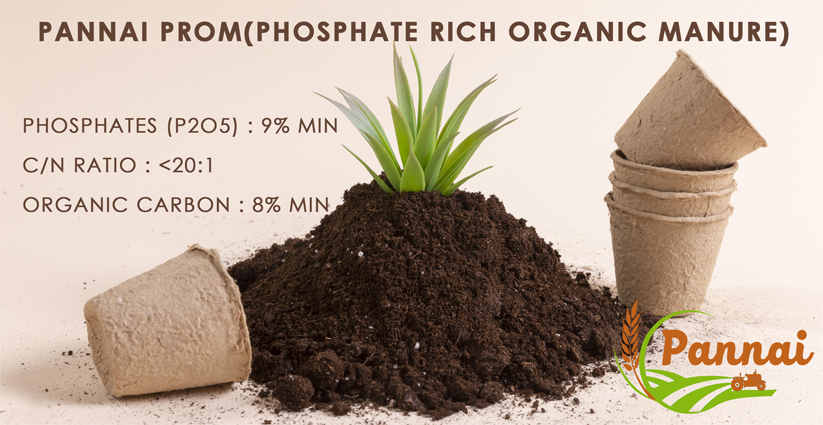
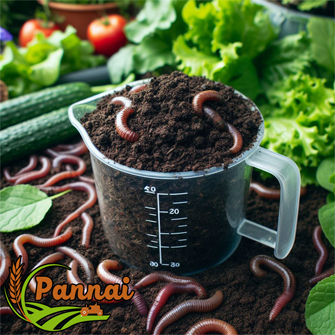
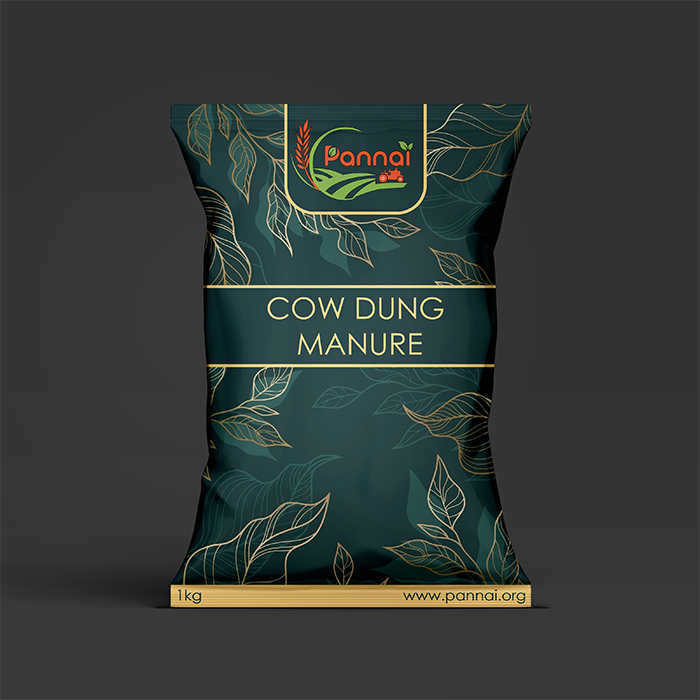

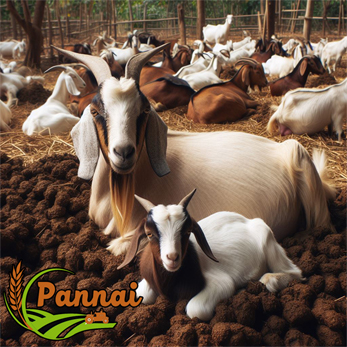

 Sign in with Google
Sign in with Google

